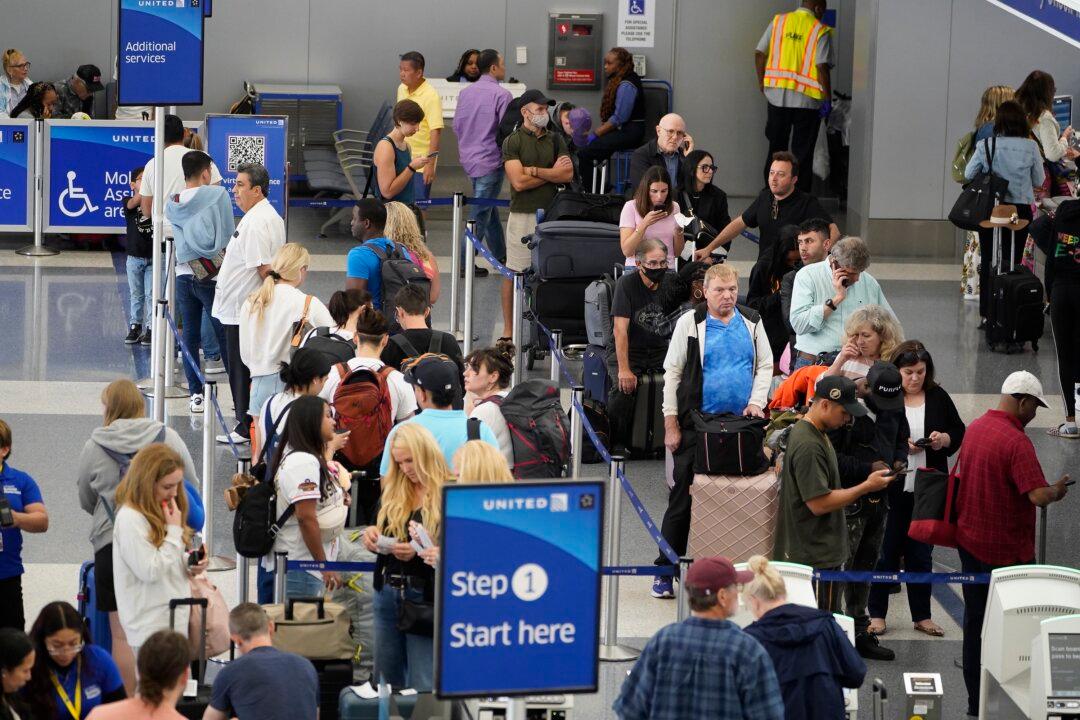It had been a long and difficult voyage, to say the least. Setting sail from England in November 1787, stormy winds accompanied the ship right from the start. With the goal of reaching Tahiti by the shortest route possible—around Cape Horn, at the southern tip of South America—the timing was urgent. Summer there is brief. The weather window was closing quickly.
Lt. William Bligh, the ship’s 33-year-old captain, had served under the famous Capt. James Cook. He made haste, enforcing strict discipline on the HMS Bounty, even lashing those who broke the rules. Despite his efforts, when they arrived at the Horn in April, he realized they were too late. Winter was already underway. But they tried, anyway. For weeks, the ship pressed into a gale, but the tempestuous winds and stormy seas in this notoriously stormy part of the world pushed them back.
So they would need to take the long way to Tahiti. Passing Africa’s Cape of Good Hope and spending time in Tasmania, they arrived in Tahiti, finally, many months later, on Oct. 26, 1788. For men who had spent almost a year getting there, Tahiti was close to heaven. Food was abundant, as was female companionship.
They remained five months, and life was good. The sun shone. The work was light, mostly involving the gathering and potting of bread fruit to transport to the West Indies as a food supply. The Tahitian king, Pomare I, was accommodating, and peaceable days passed in this paradise.
Centuries Removed
Today, Tahiti is obviously very different from the island encountered by the crew back in the 19th century. Papeete, the capital of French Polynesia (a French Overseas Country), bursts with life. A melting pot of the cultures that blew in on the trade winds, here, traditional Tahitian mixes with French and also Chinese, whose native speakers make up a significant portion of the population.You’ll find shopping malls and popular fast food joints, but also a big, covered market selling fresh fish and all sorts of fruits and handmade carvings. People are generally warm and helpful. Restaurants serve everything from fine French cuisine to the essential Tahitian dish, poisson cru, a local ceviche made from raw tuna and coconut milk.
Following the Bounty

Setting sail on the Aranui, a combination cargo/cruise vessel carrying 135 guests, I met several fellow passengers who had planned this trip their whole lives. For some, the mutiny on the Bounty occupies a big part of their day-to-day imagination. Three films have been made about it (in 1935, 1962, and 1984), starring such Hollywood stars as Clark Gable, Marlon Brando, Mel Gibson, and Anthony Hopkins. It inspired an entire genre—known as “Bountyana”—with new novels reimagining the event still coming out every year.
Our ship’s ultimate destination was Pitcairn, one of the world’s most remote inhabited islands. On April 28, 1789, Christian and his allies took up arms and seized the Bounty by force. They arrested Bligh and forced him and 19 others onto an overcrowded 23-foot launch. With just five days’ worth of food and water, plus a good sextant for navigation, the vanquished men rowed and sailed to a nearby island. Eventually, they would make a remarkable 4,000-mile journey in that open boat, reaching the Dutch colony of Timor and later returning to England.

The Bounty headed back to Tahiti. They soon departed again, Christian and just eight mutineers now aboard, plus 20 Polynesians. Christian knew of an isolated island, and searched for four months to find Pitcairn. They arrived to find it uninhabited.
By a nautical quirk, the island had been charted incorrectly, and thus its position was unknown to the outside world. The perfect hiding place for a band of outlaws. Too perfect, maybe. Those on Pitcairn had no contact with anyone else for 18 long years. An American whaling vessel named Topaz, captained by a man named Mayhew Folger, happened upon the island by chance in 1808.
A lecturer on board the Aranui recounted the scene: a group of islanders rowing out to meet Folger. “He was shocked that they spoke perfect English.”
Pirates of Pitcairn
Pitcairn was the final destination. It hasn’t always been a happy life for those living here. Even from the start. Within a decade of arriving, all but one of the mutineers was dead, the result of internecine conflicts and illness. Even recently, the island has been rocked by shocking scandals and unspeakable acts.The island is mountainous, and home to just 43 people. As it is a British Overseas Territory, residents here speak a sort of patois, with a distinctive lilt, and Tahitian words in the mix. Pitcairn is far from everywhere, with no airstrip, and the French Polynesian island of Rikitea as the closest community. It’s three or four days sailing away, aboard a cargo ship called the Silver Supporter. From there, Papeete is still a four-hour flight. (Aranui makes the voyage here only twice a year.)
We landed at Bounty Bay, where the ship of the same name burned and sank soon after Christian and the others arrived. I proceeded up the steep, winding road that traverses what the locals call The Hill of Difficulty. Some chose to walk, sweating in the humidity, but I opted for a ride on the back of an ATV.
Touring Adamstown, named for the only mutineer to live a long, natural life, I learned that John Adams taught the others to read and write using the ship’s Bible, which is preserved in the local museum. I saw his grave, but a guide shared that it’s unclear where the rest of the mutineers are buried. “We believe they’re buried where they fell.”
Still celebrated here as heroes, I didn’t learn too much more about the mutineers. But I enjoyed my time on the island, which included such activities as viewing the anchor from the Bounty in the town square, riding up to sweeping vistas of mountain and sea at Highest Point, seeing beaches tucked away below steep cliffs, and meeting modern-day pirates.





